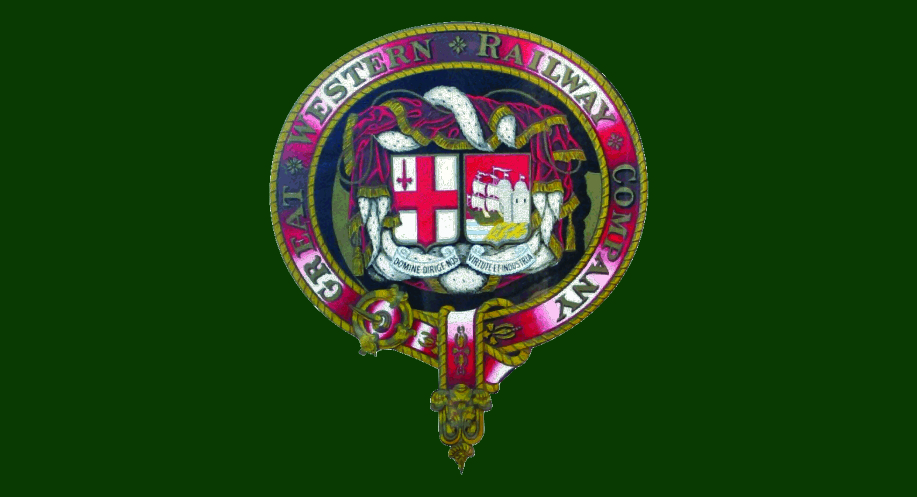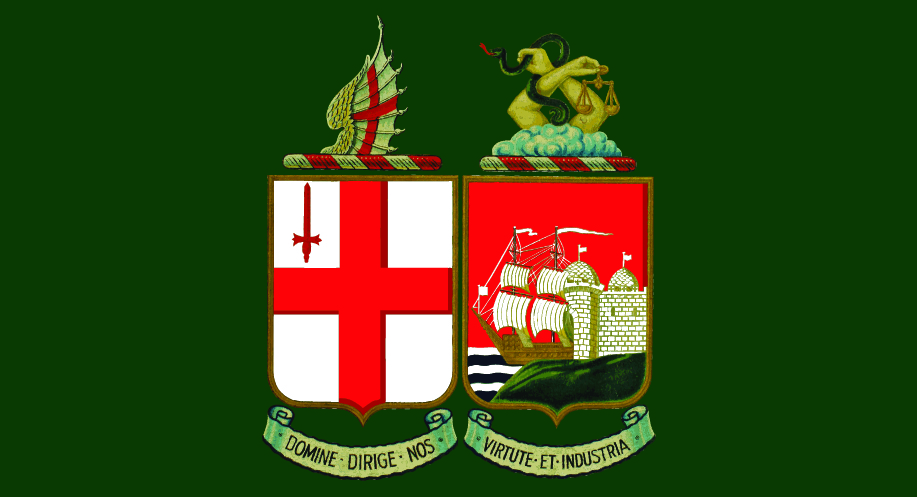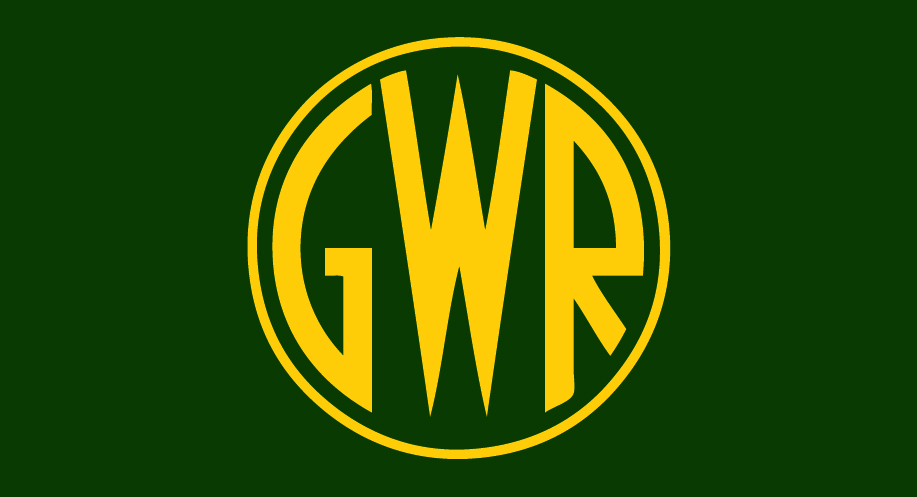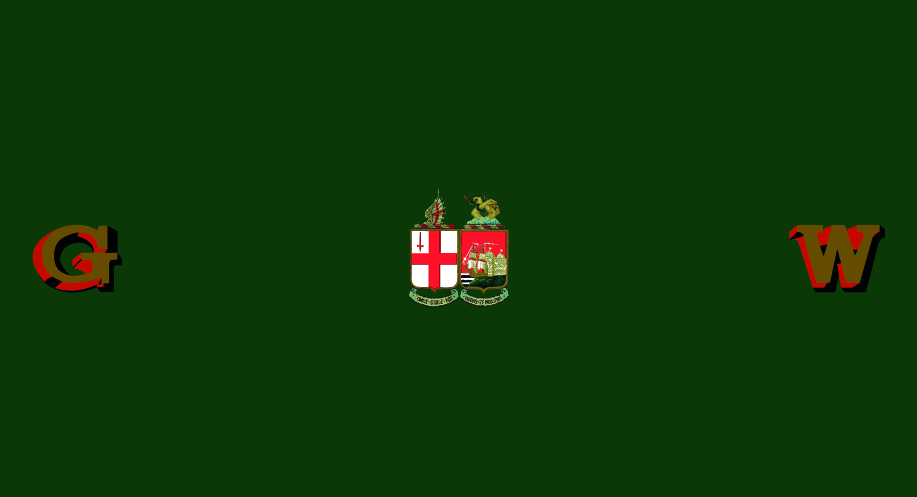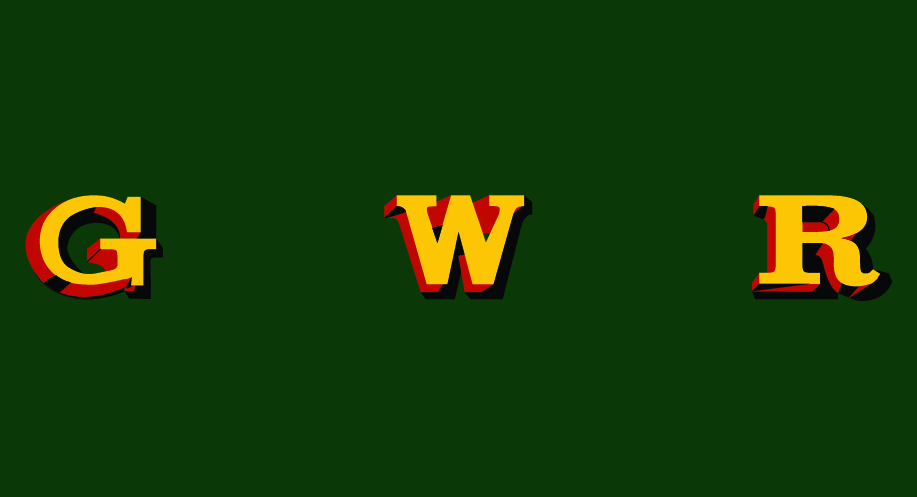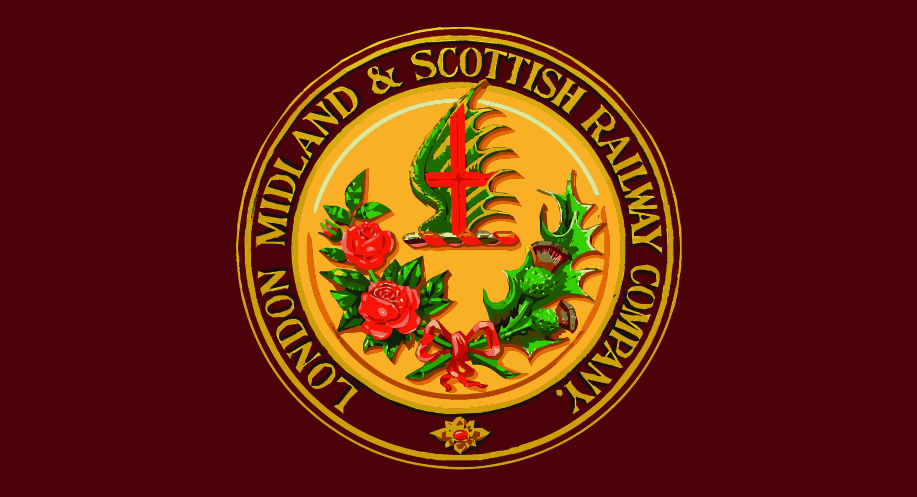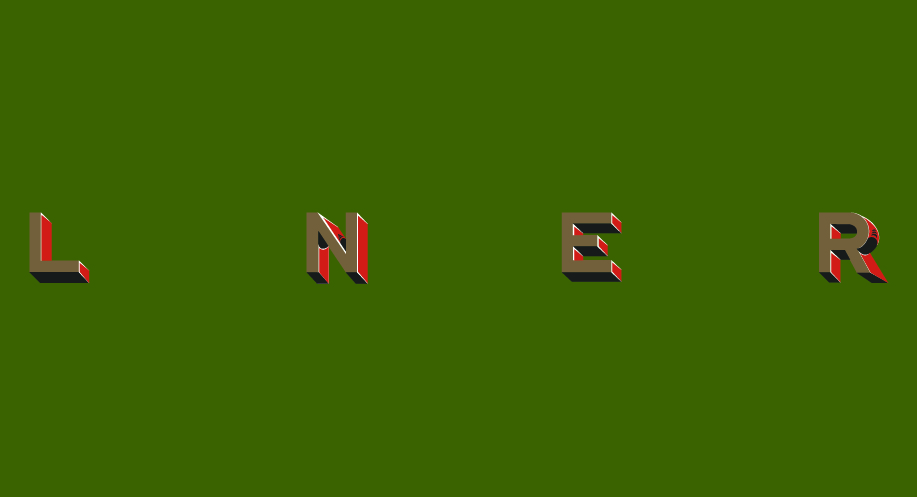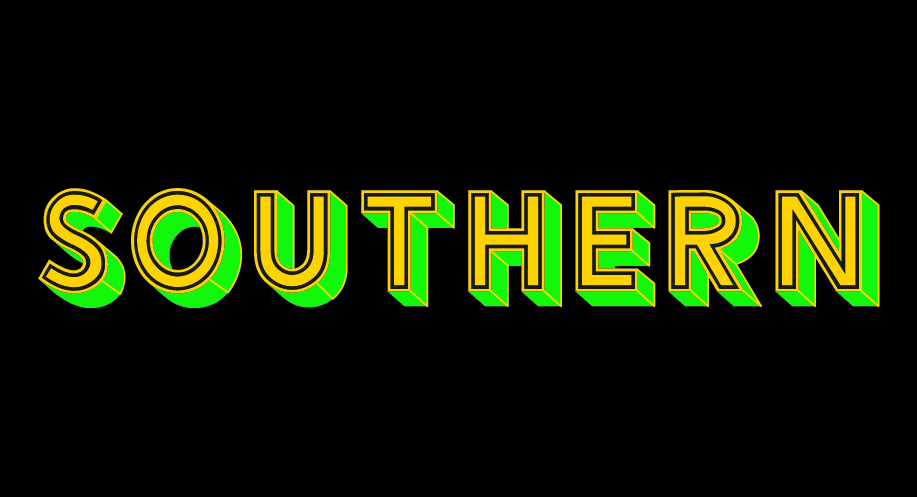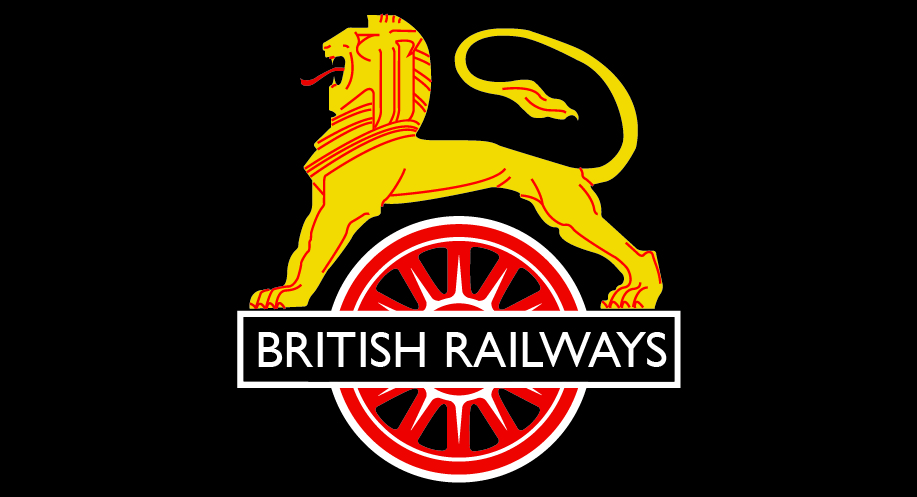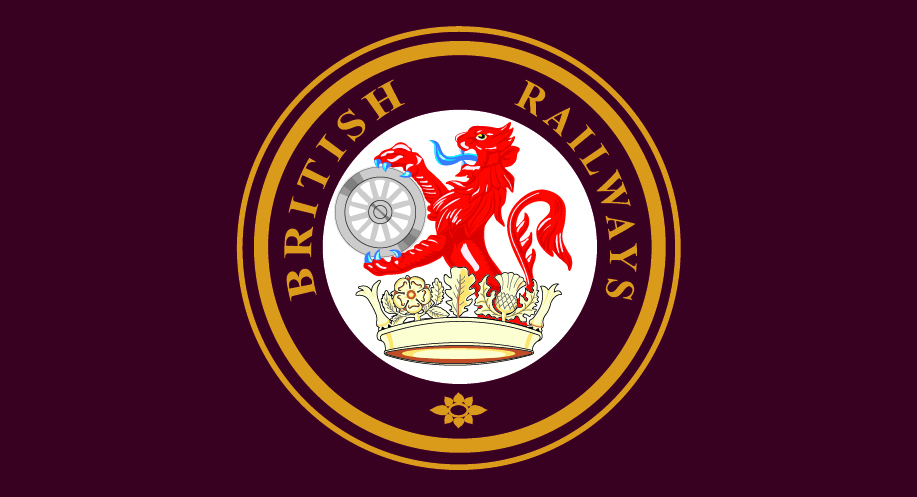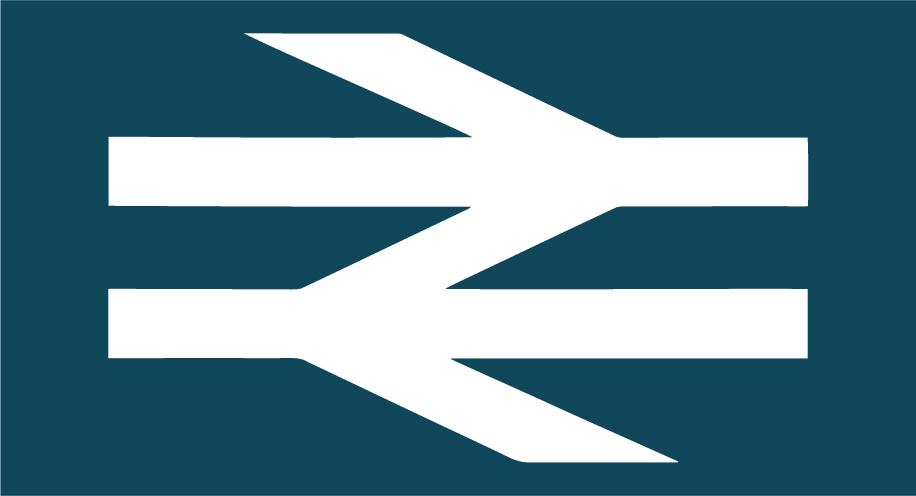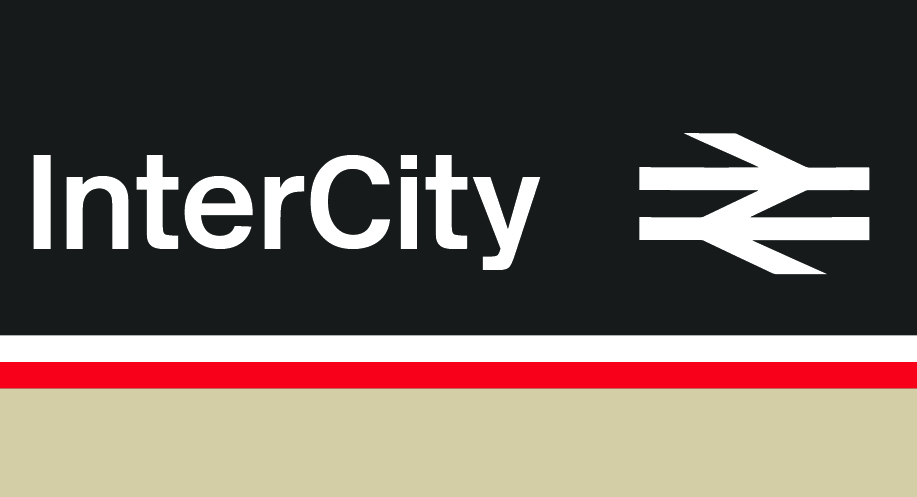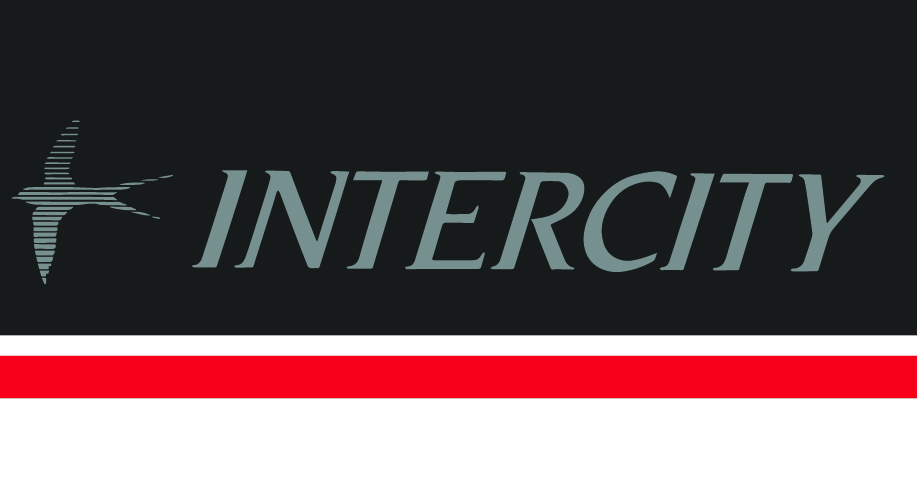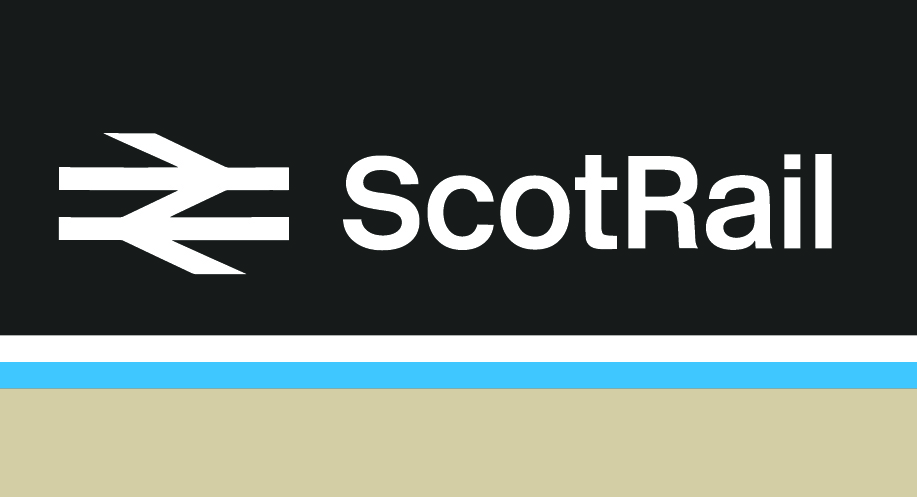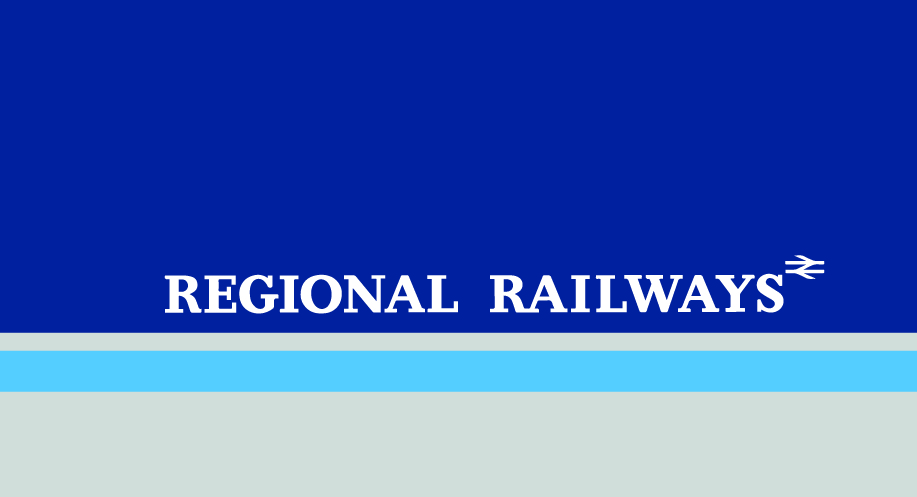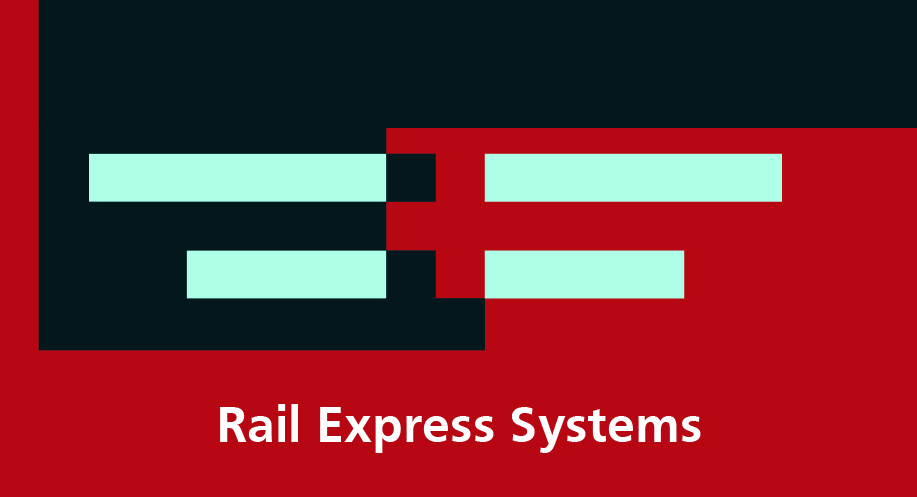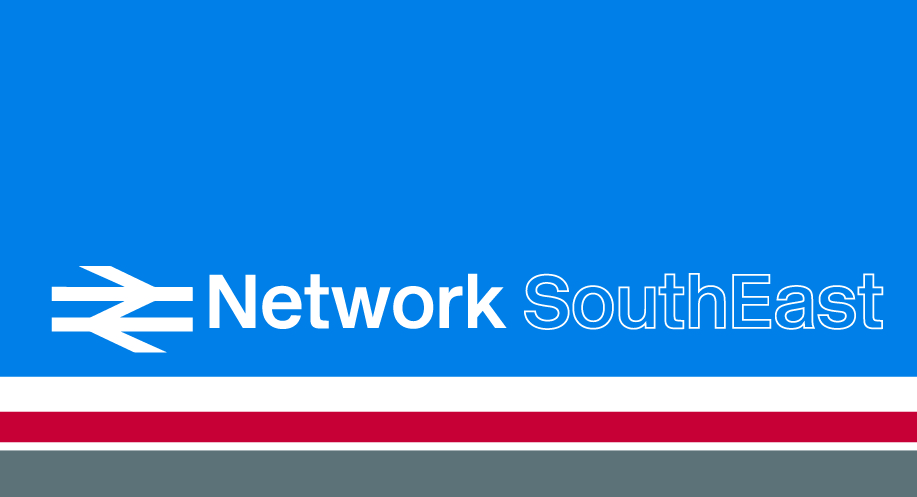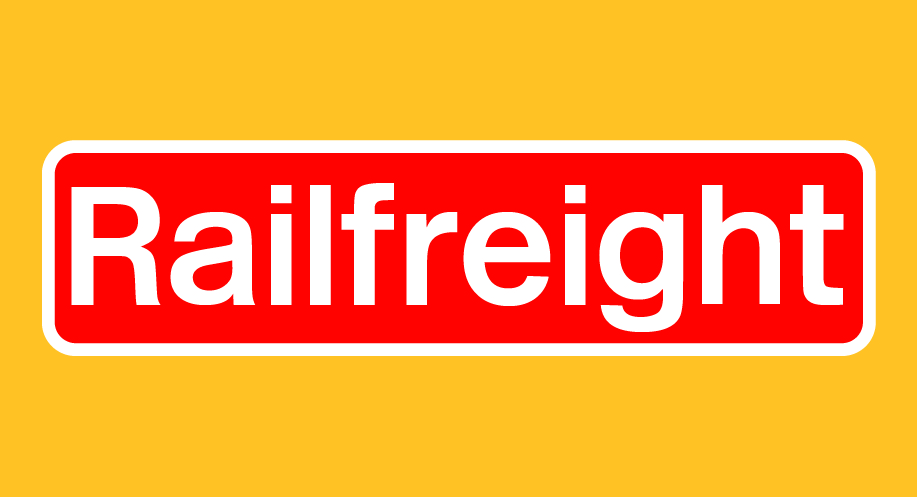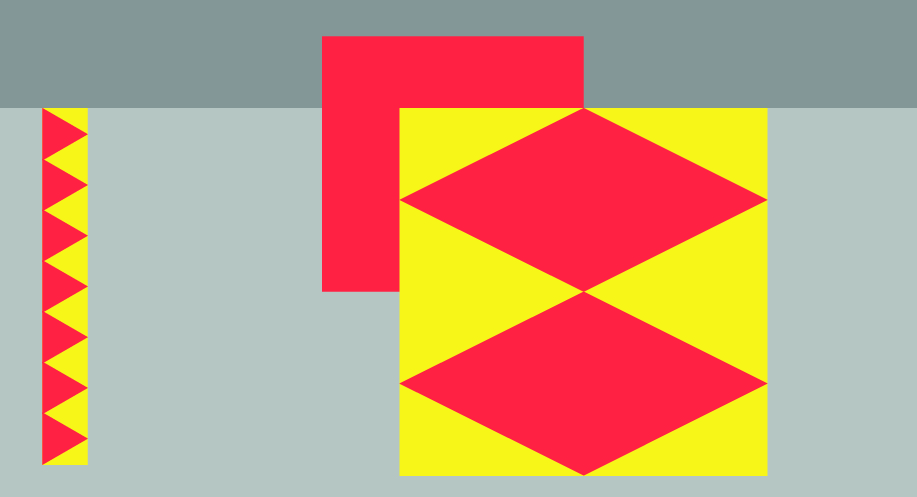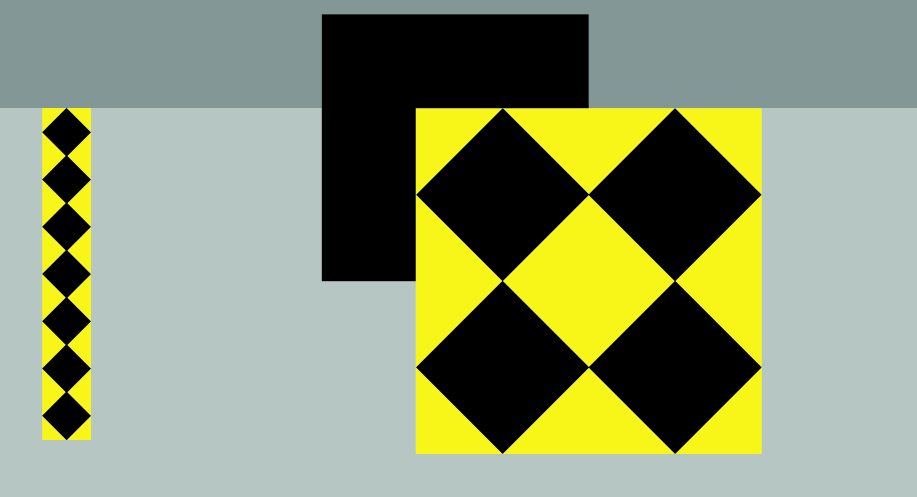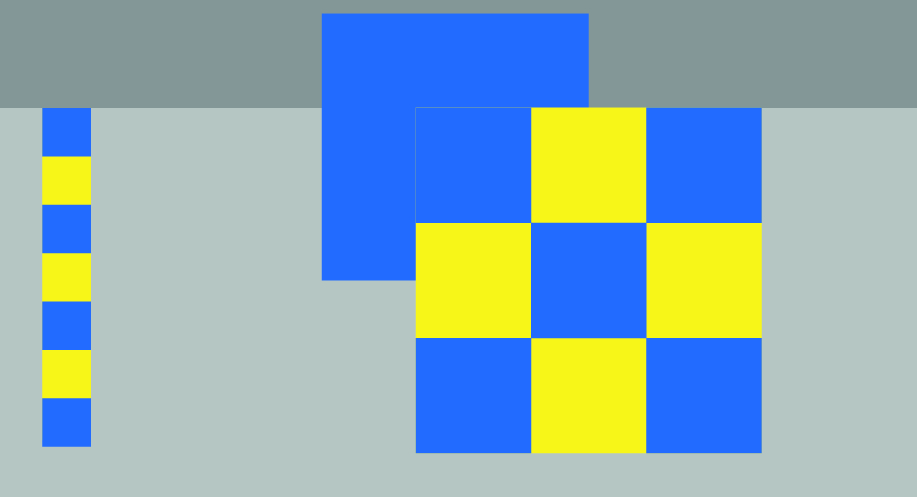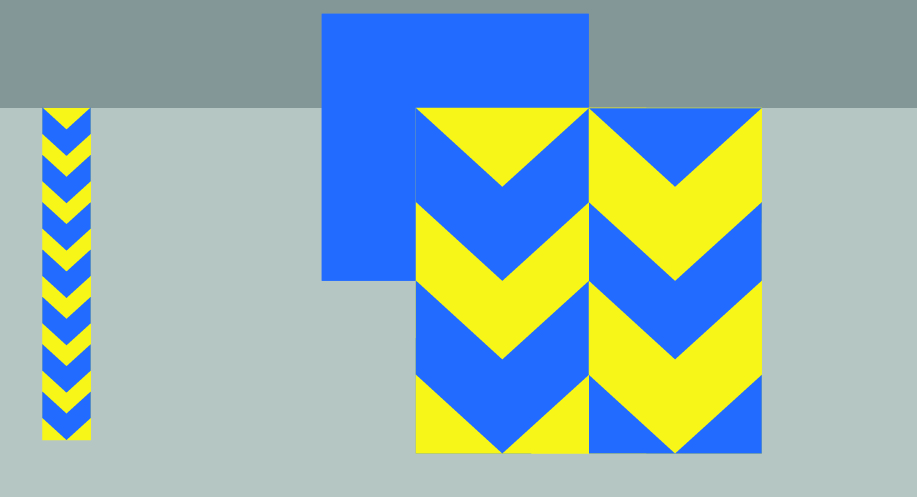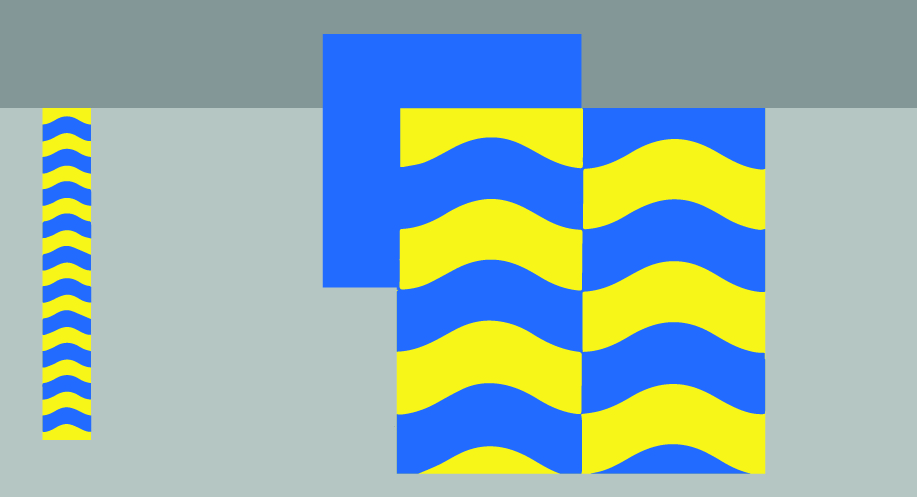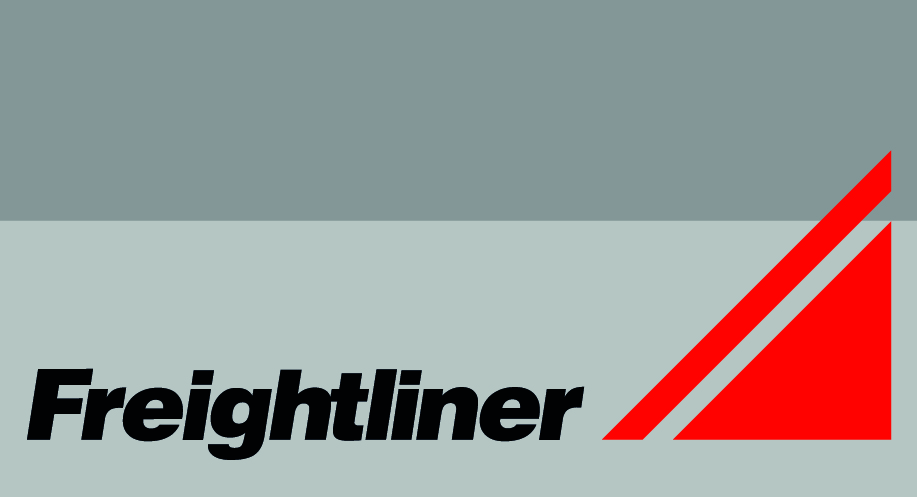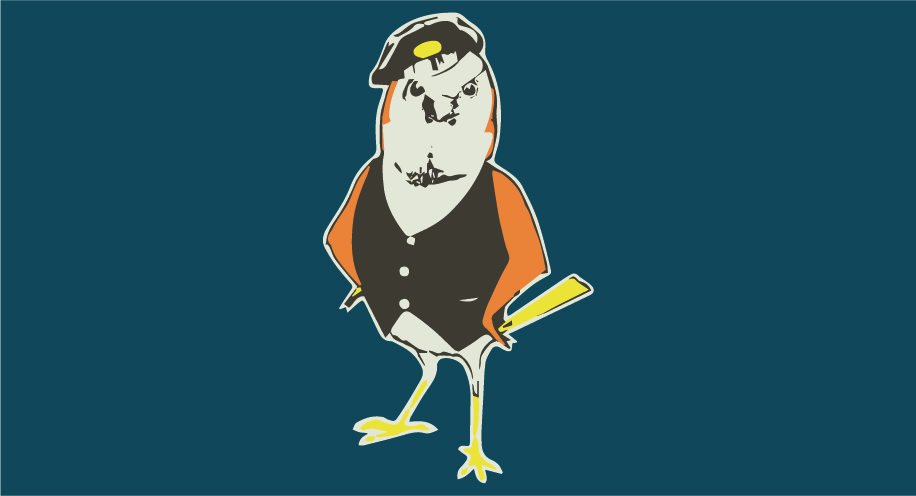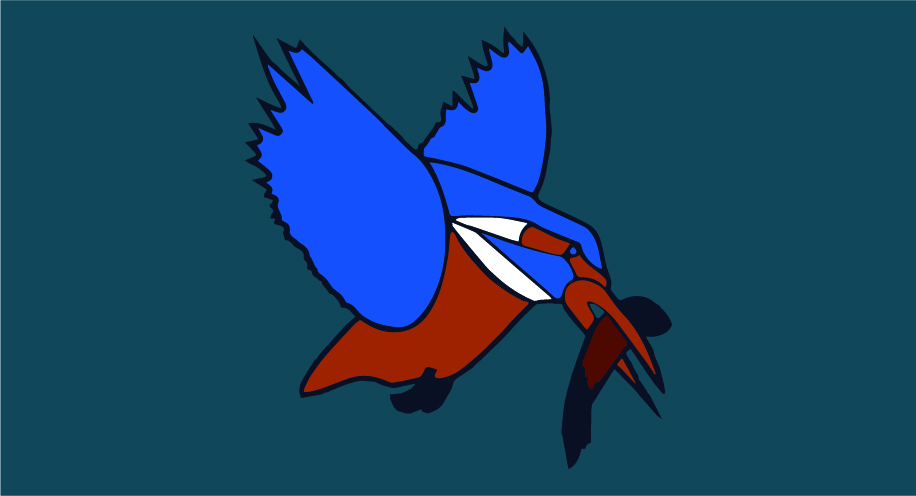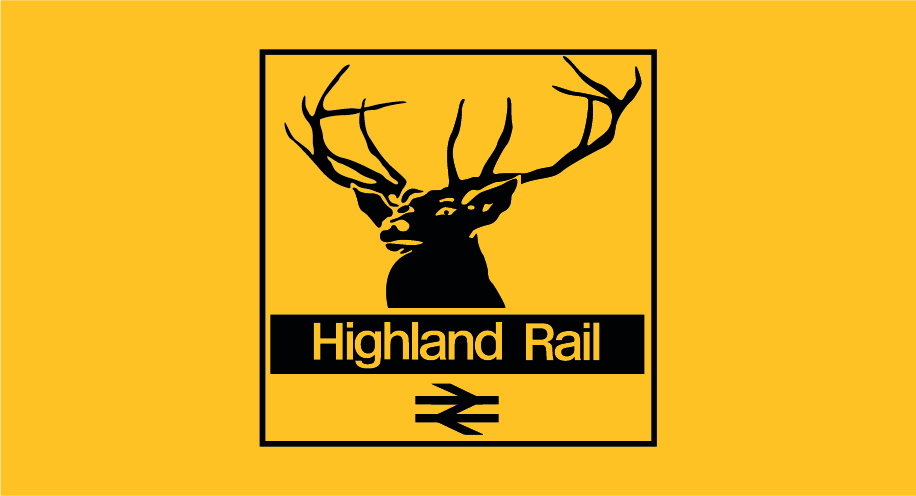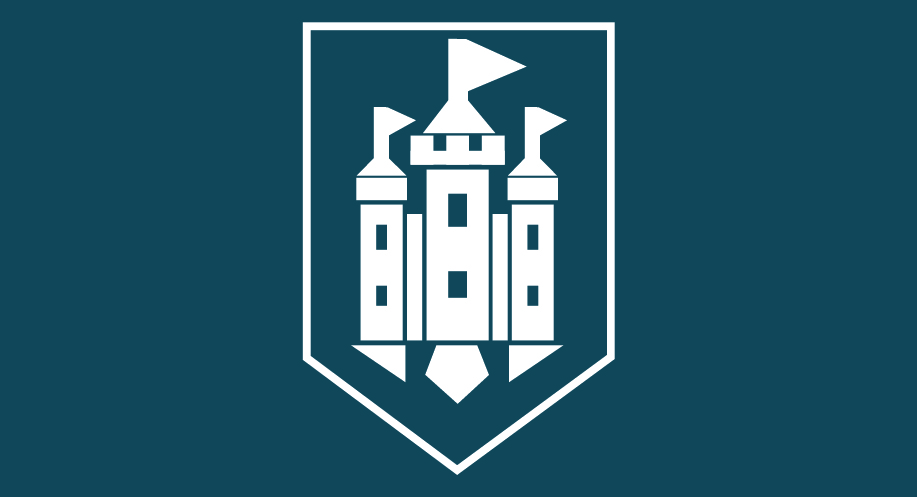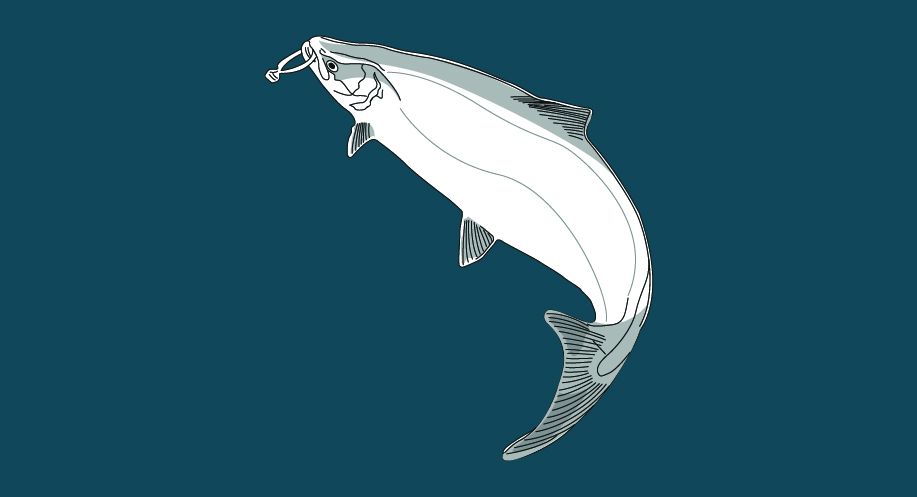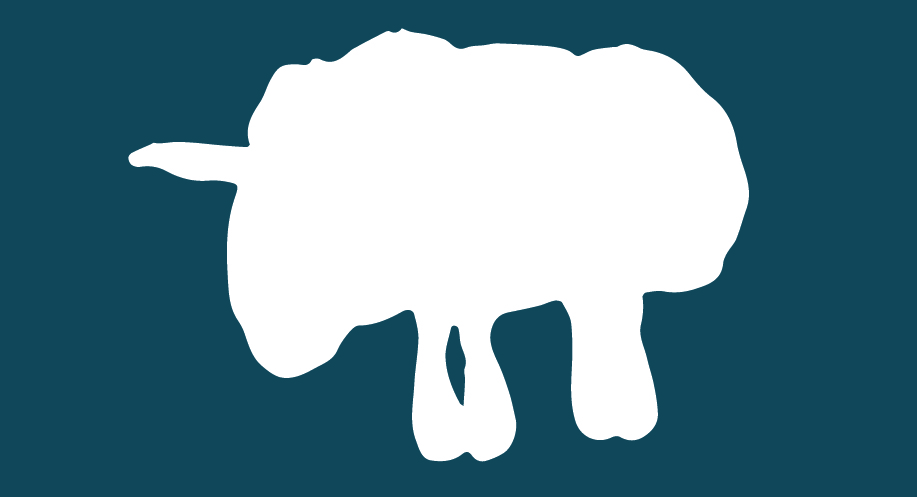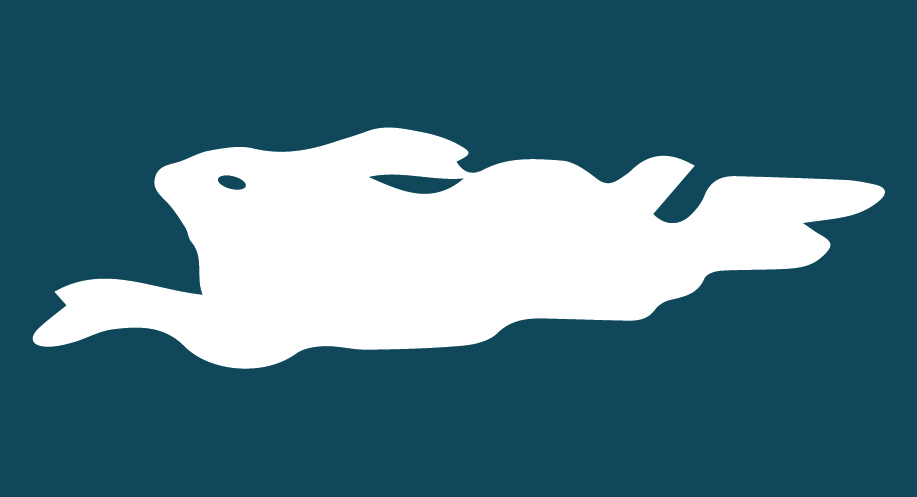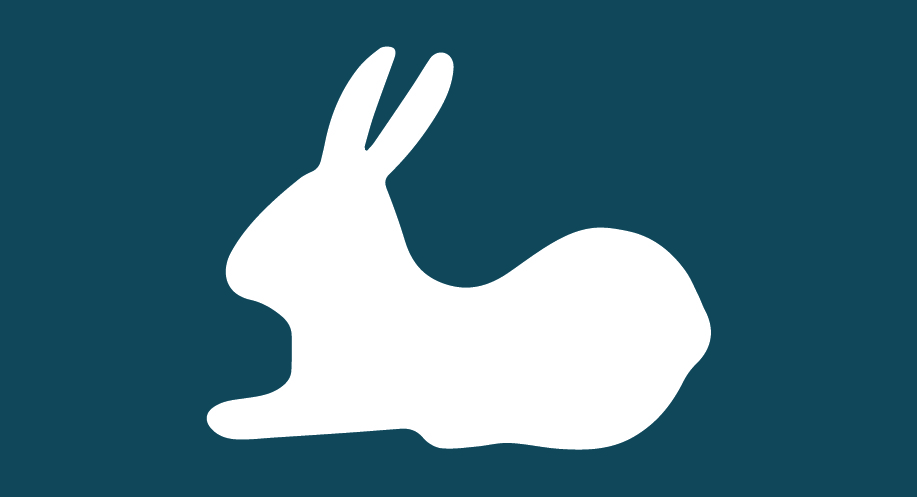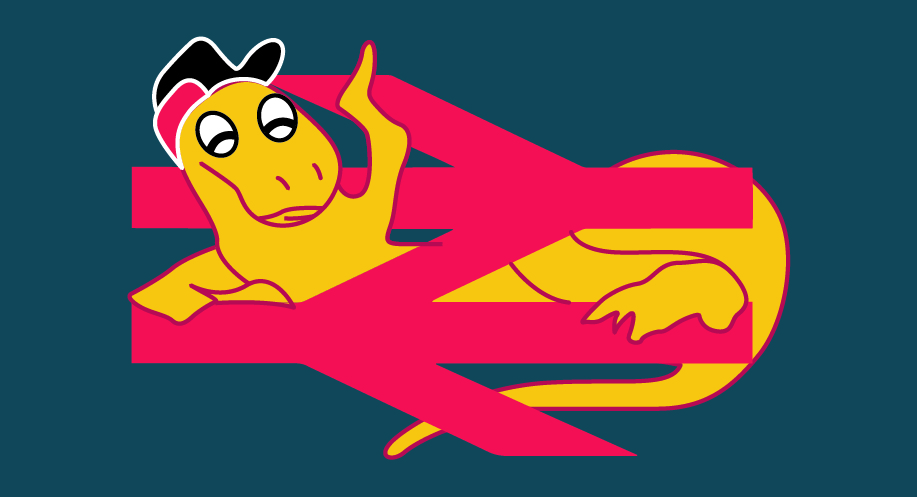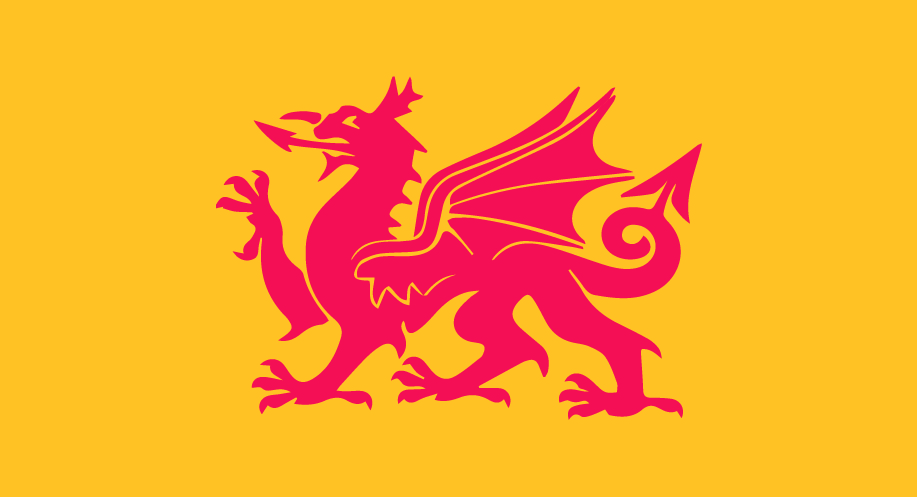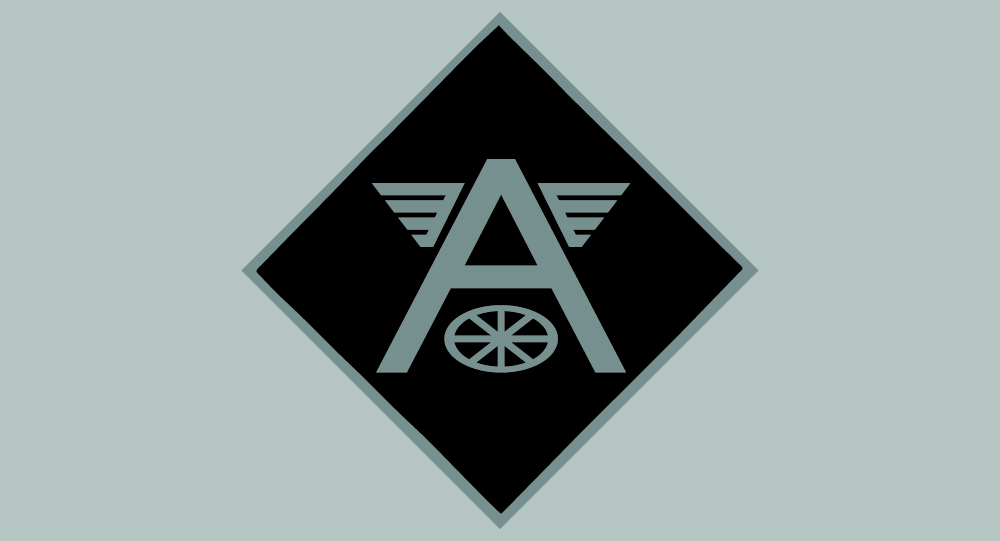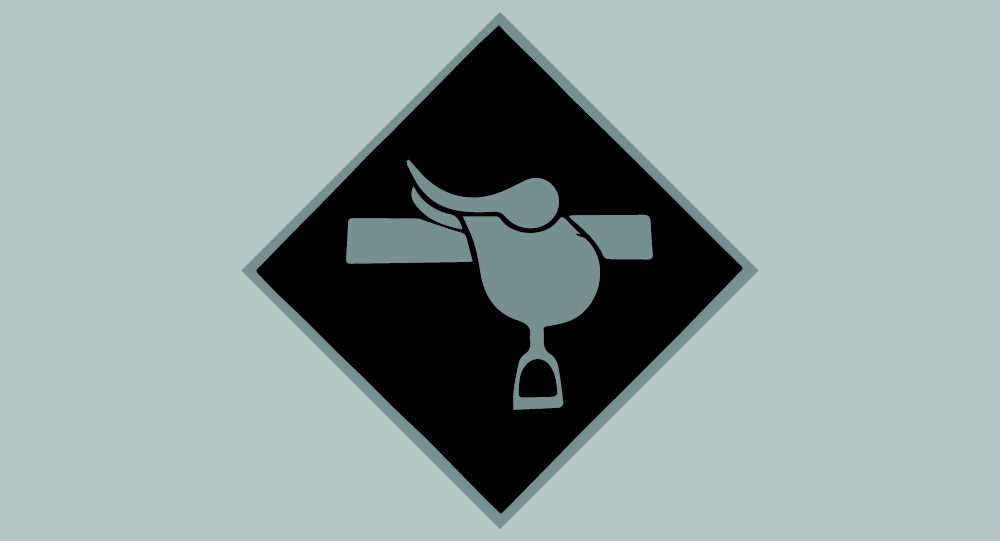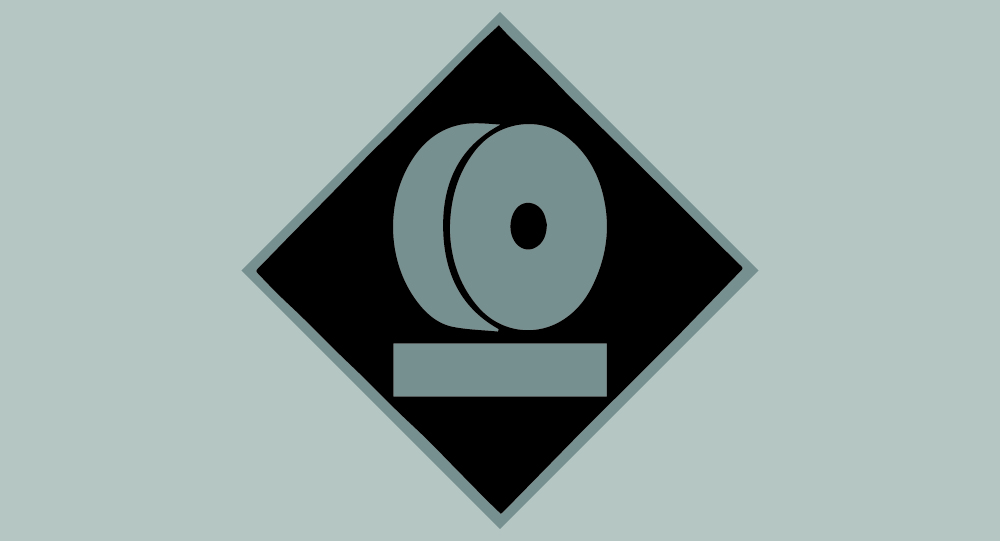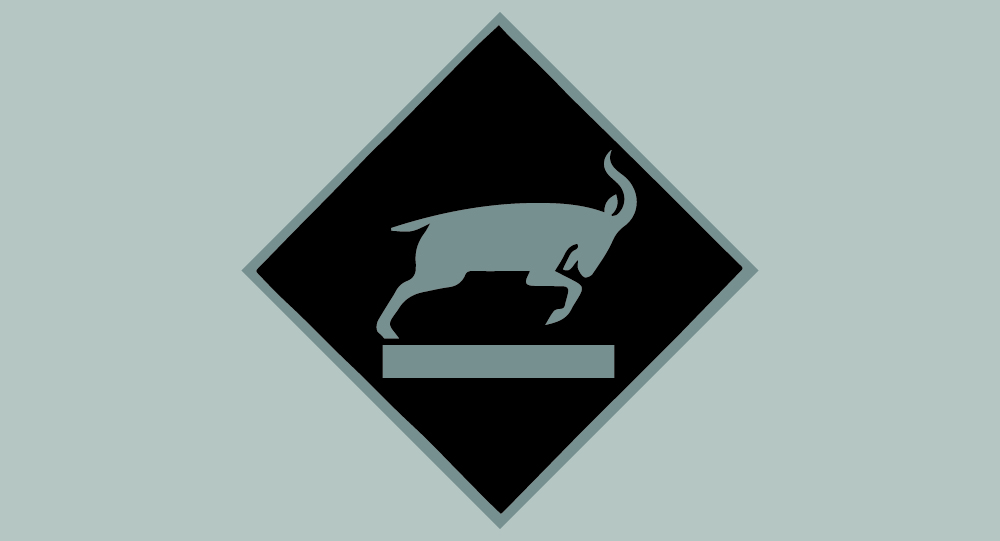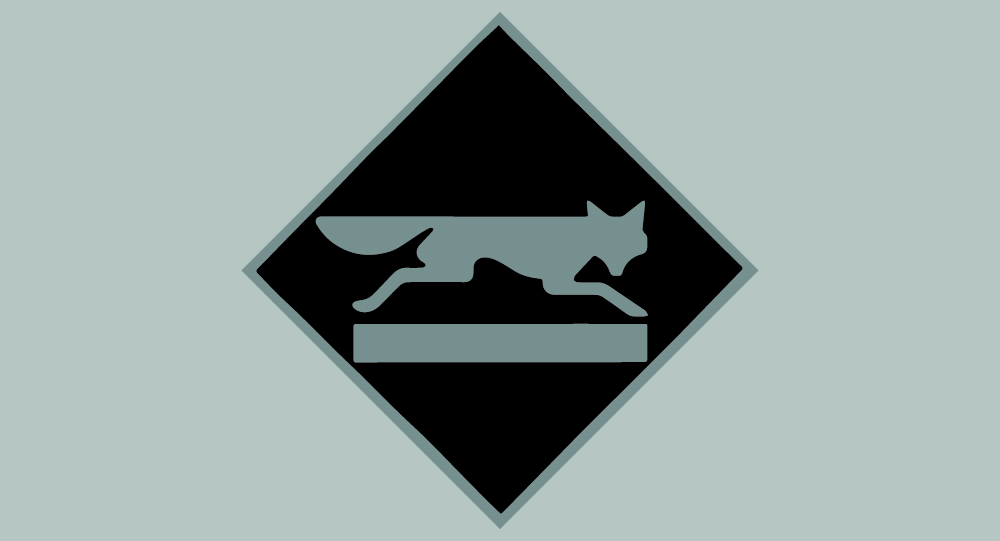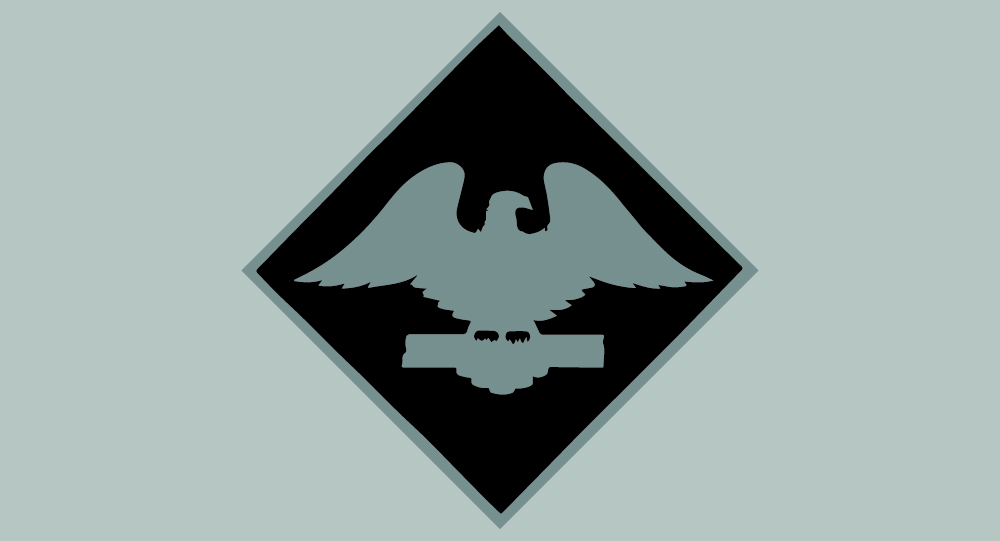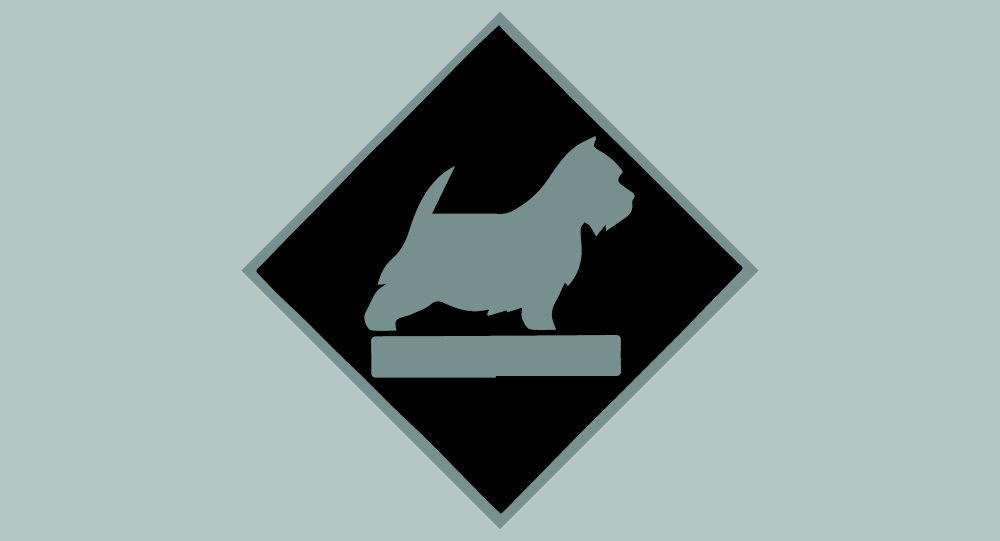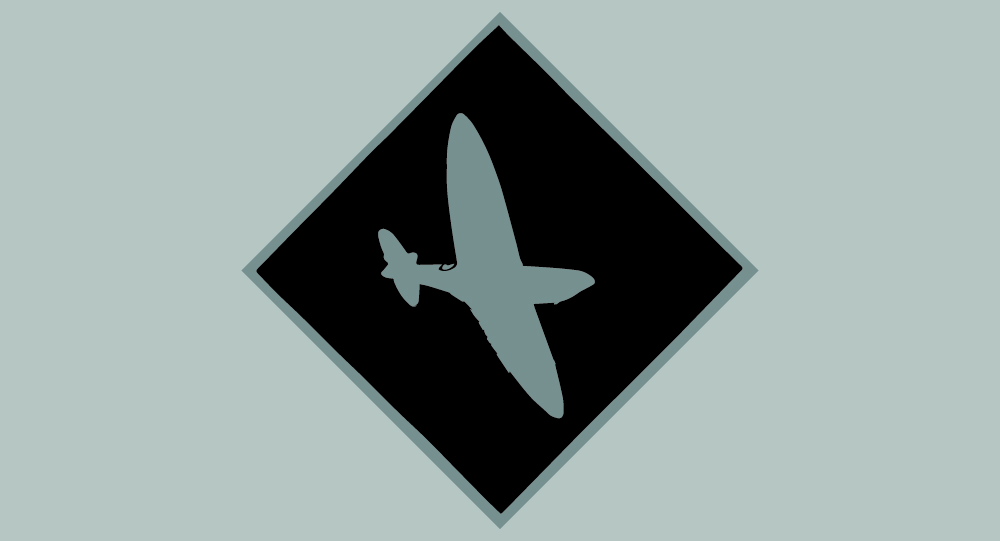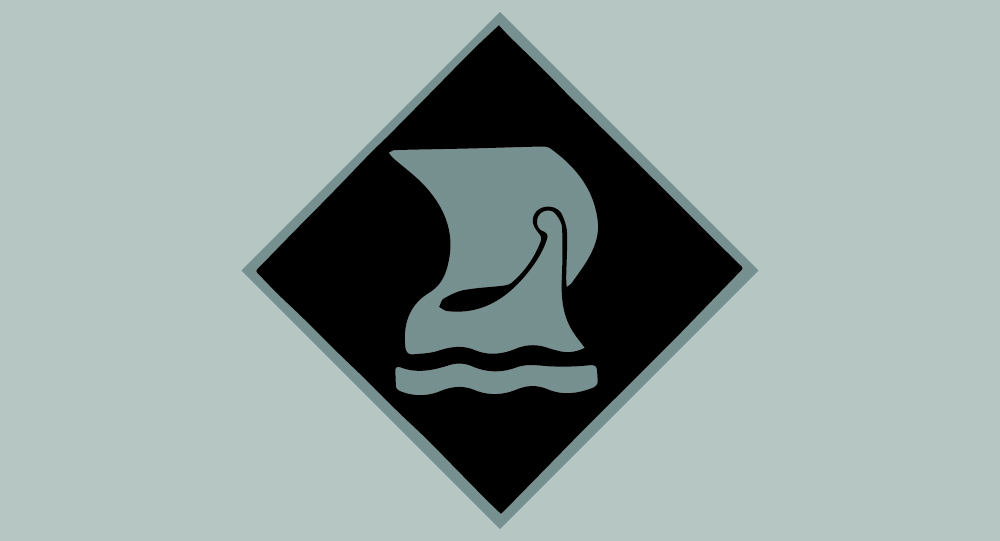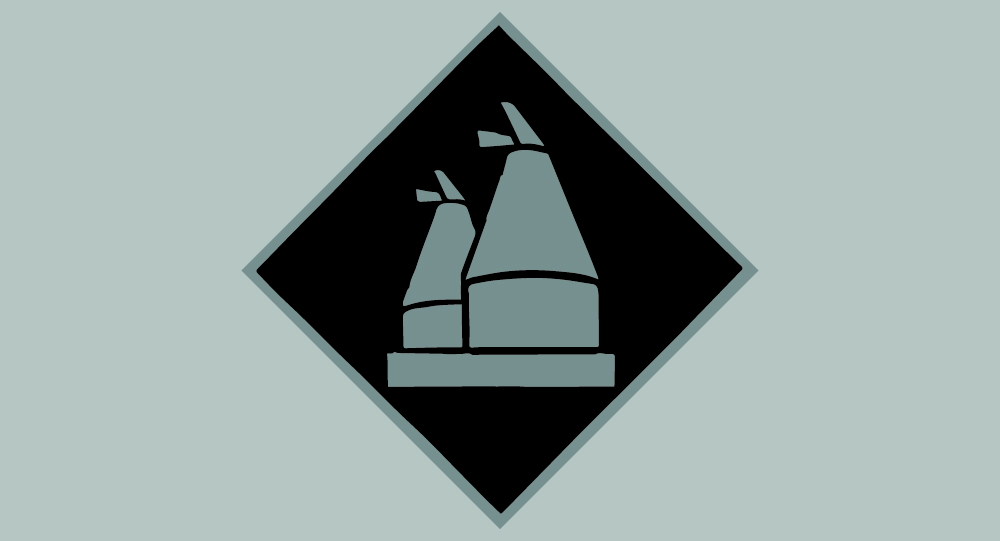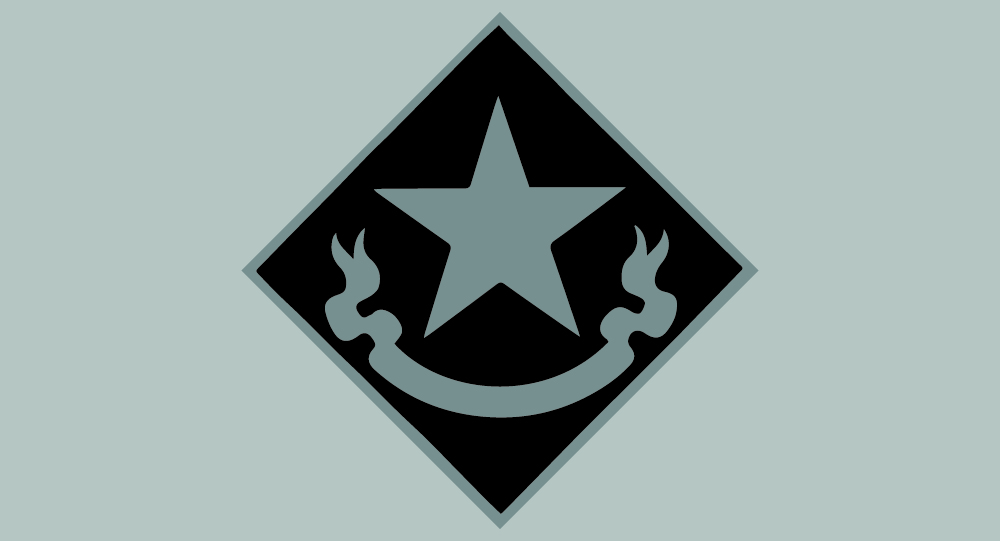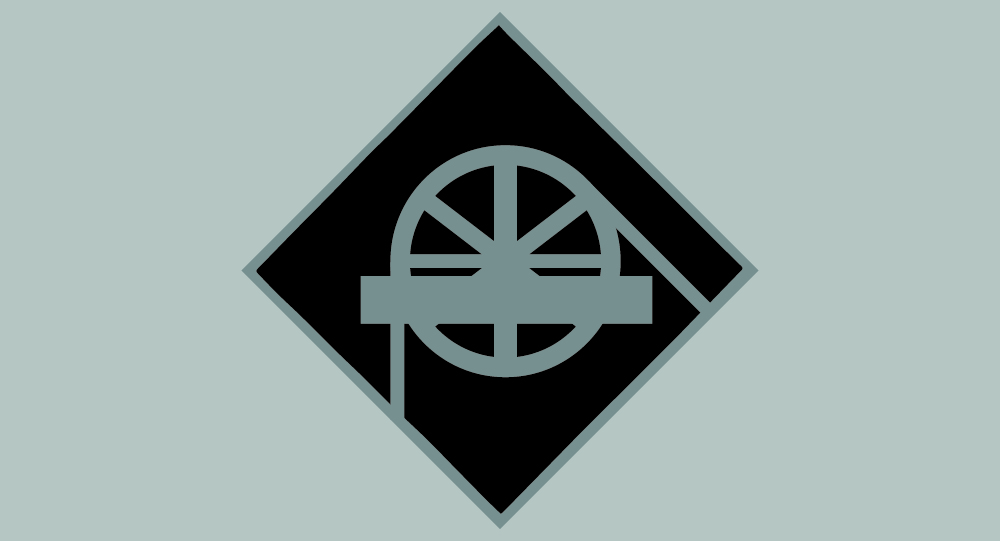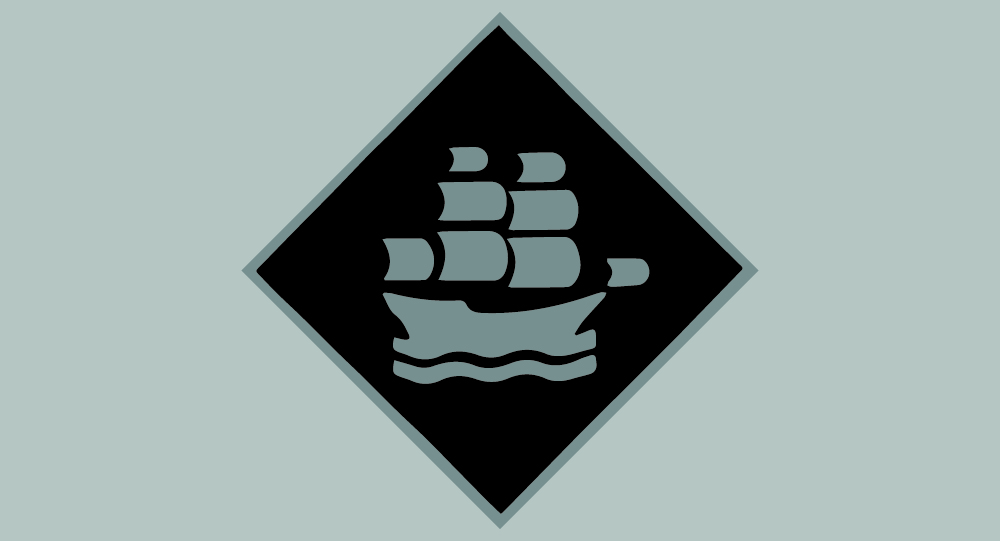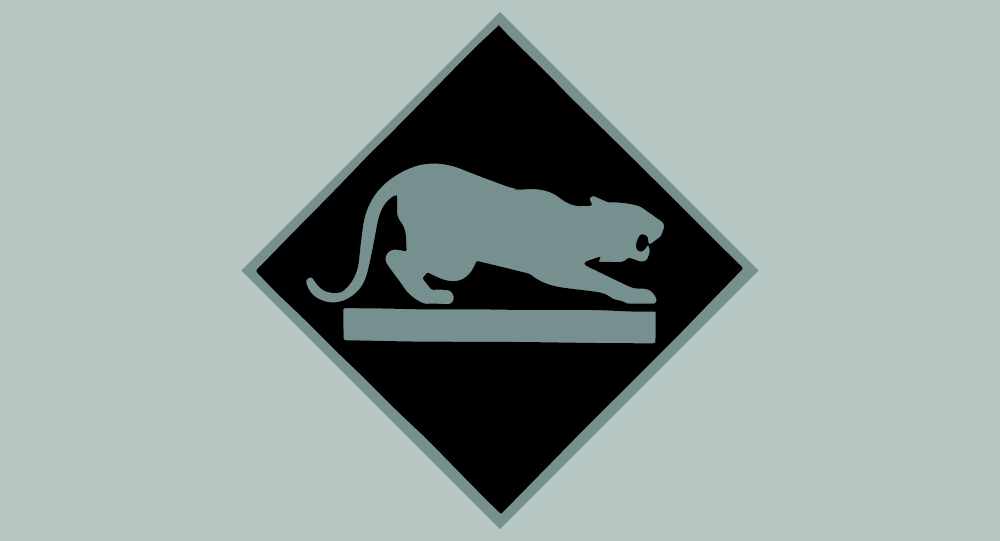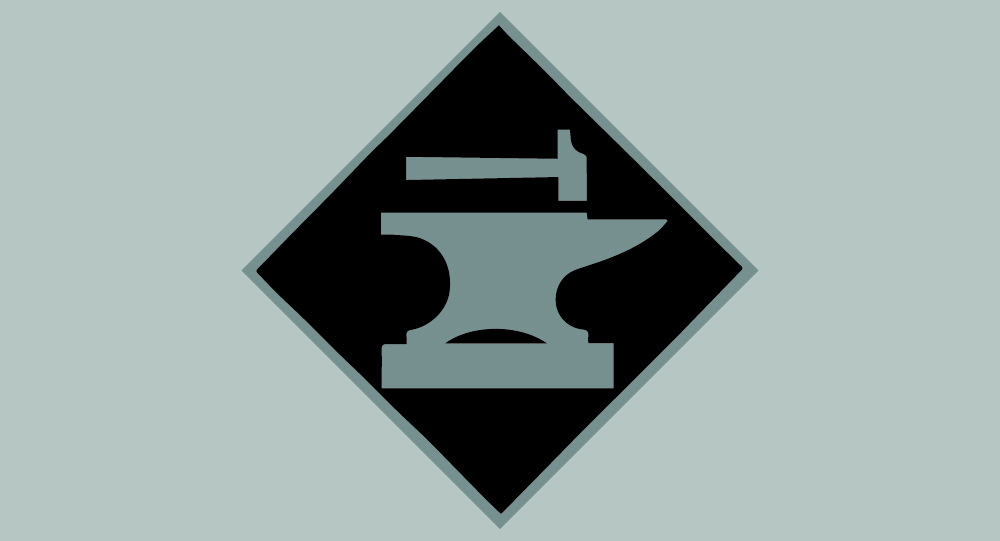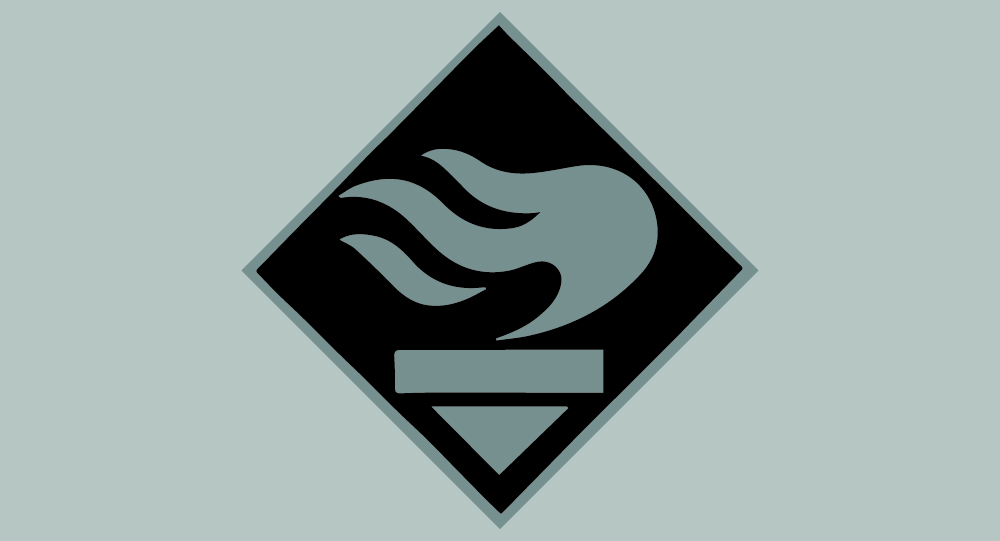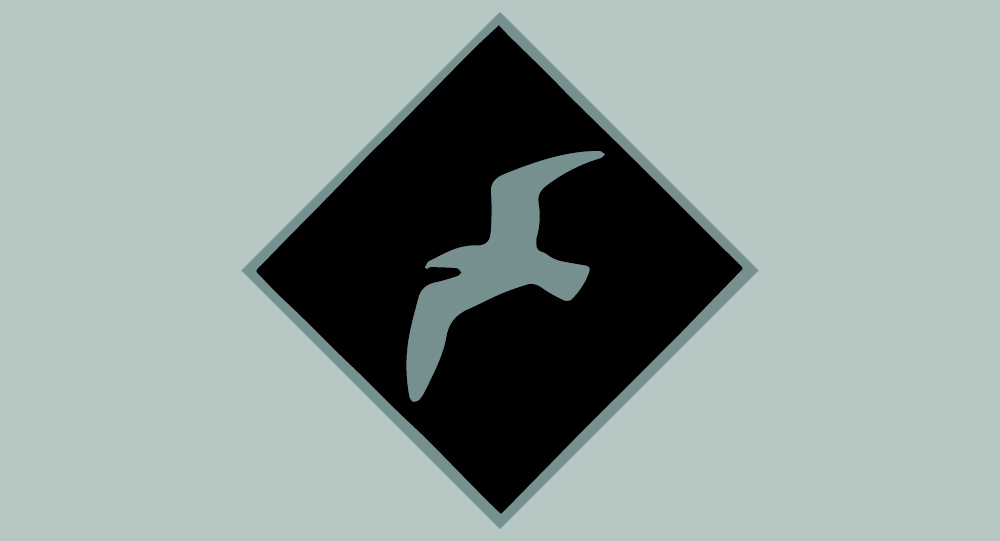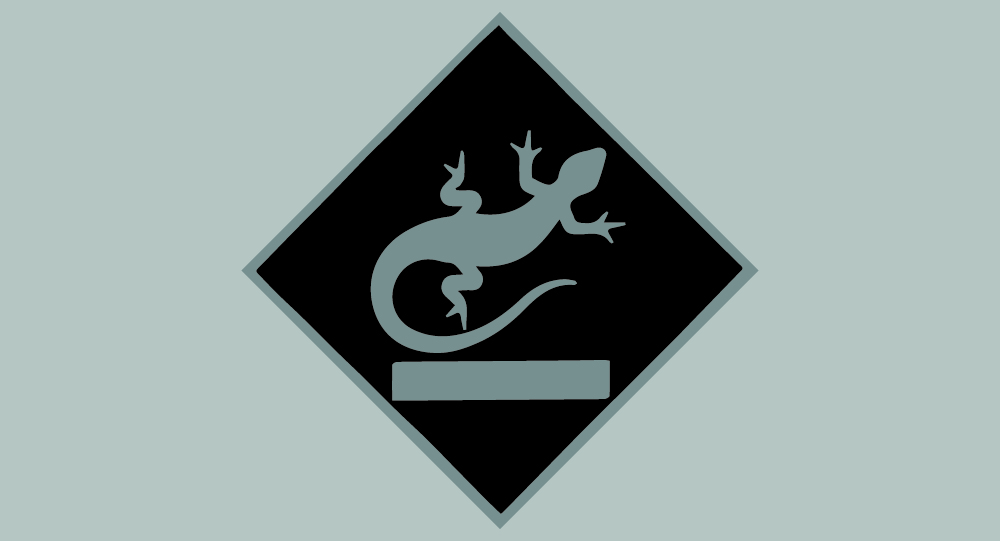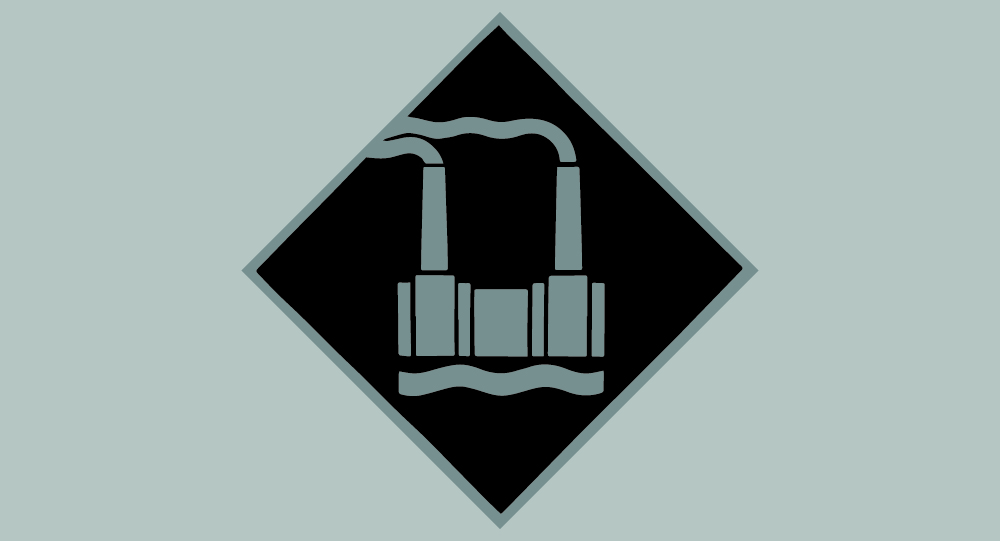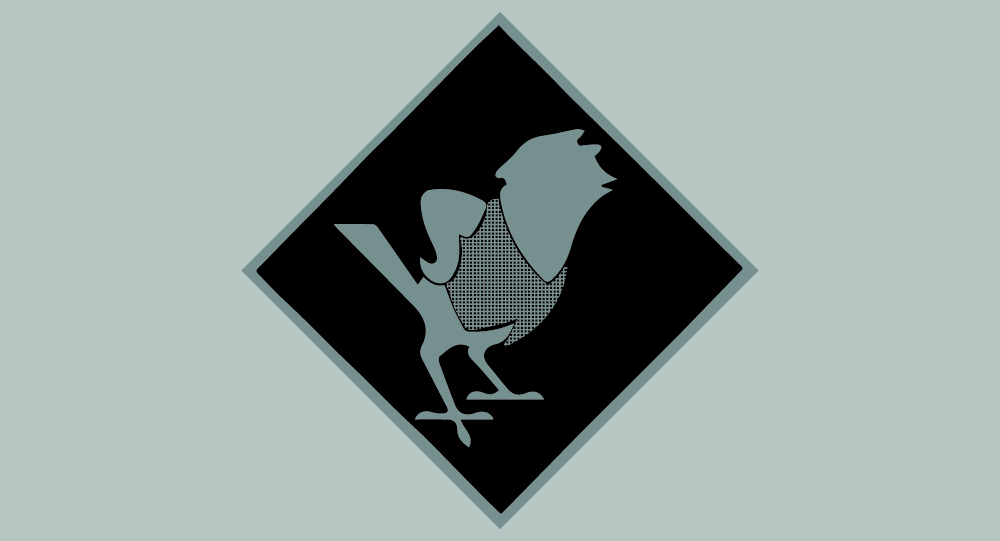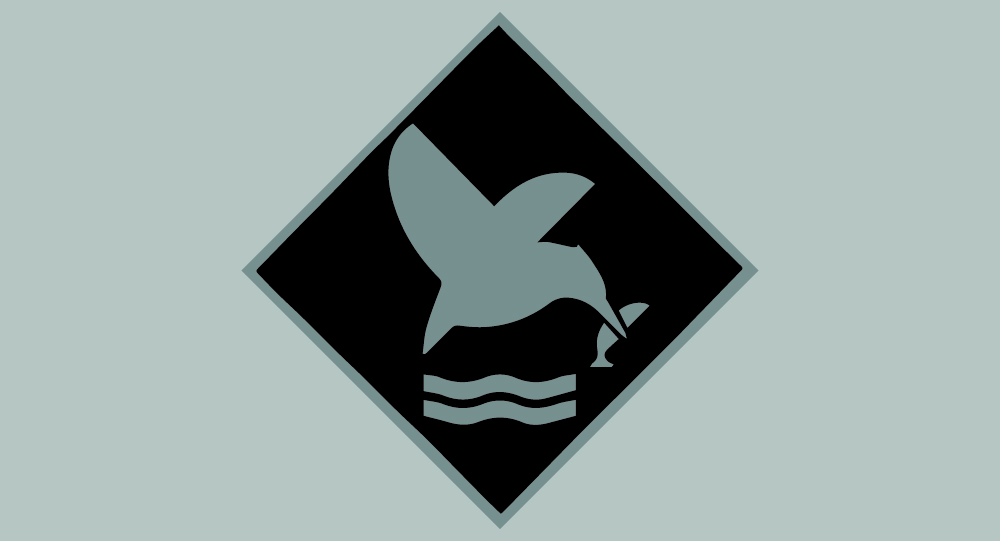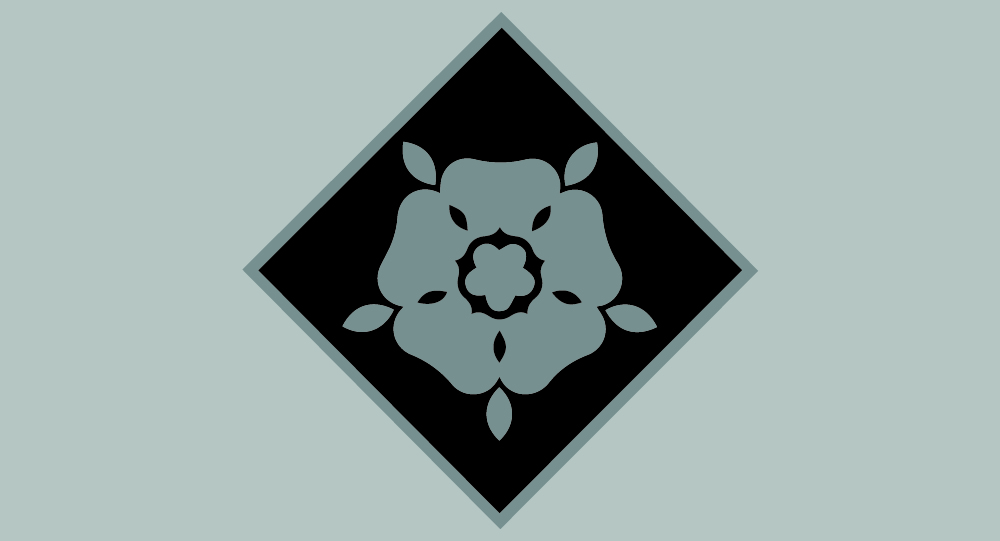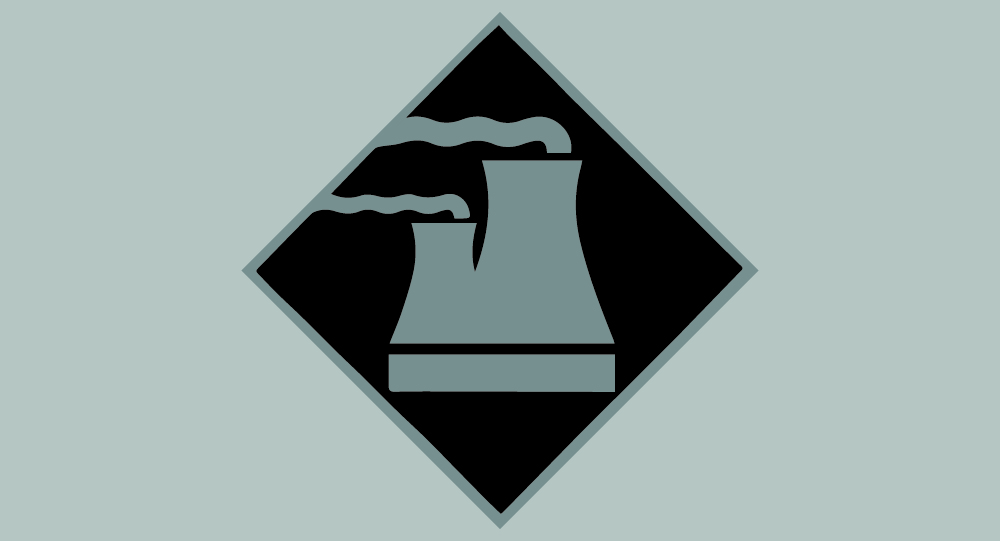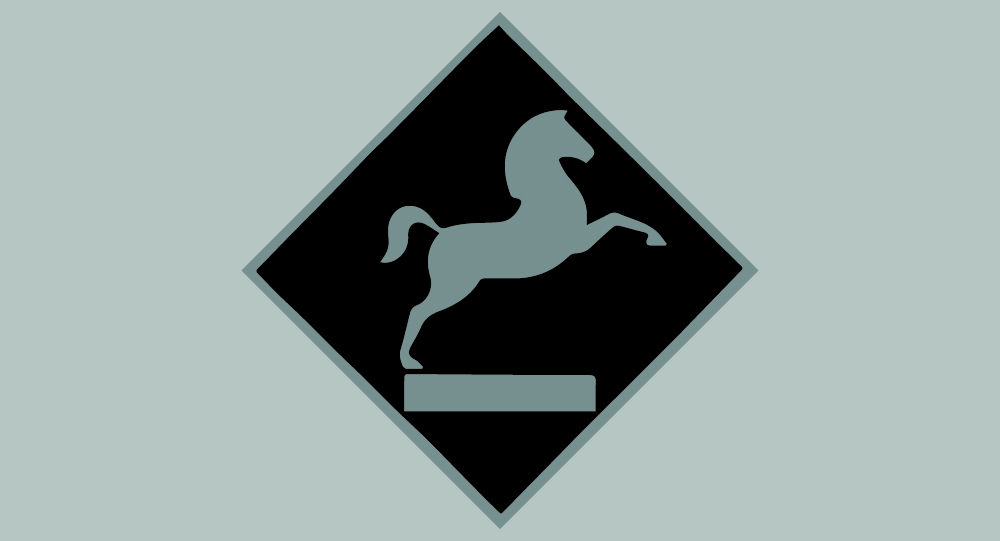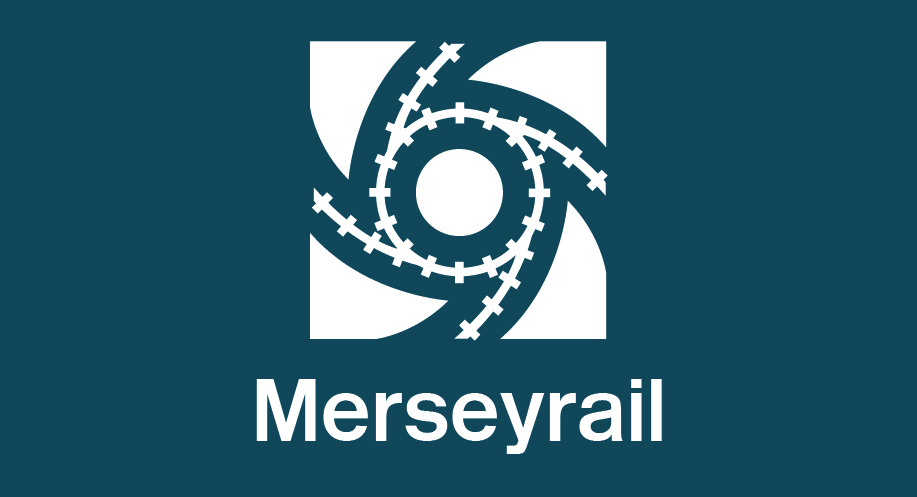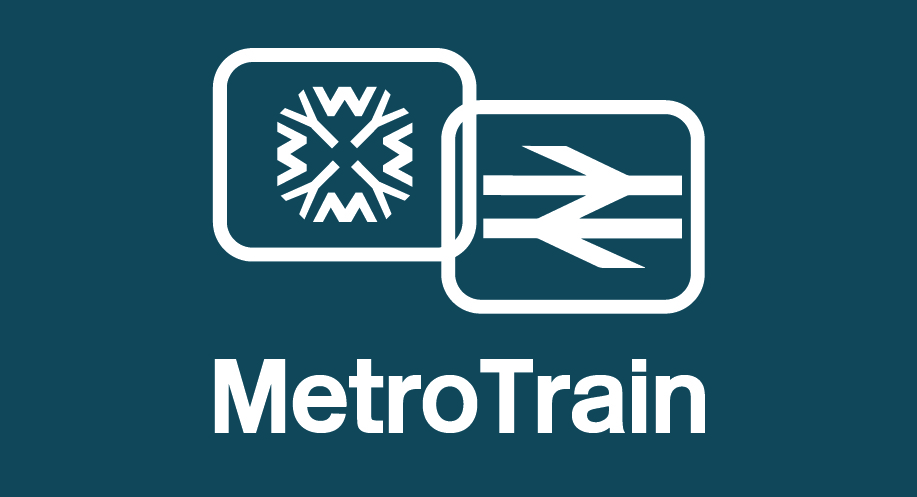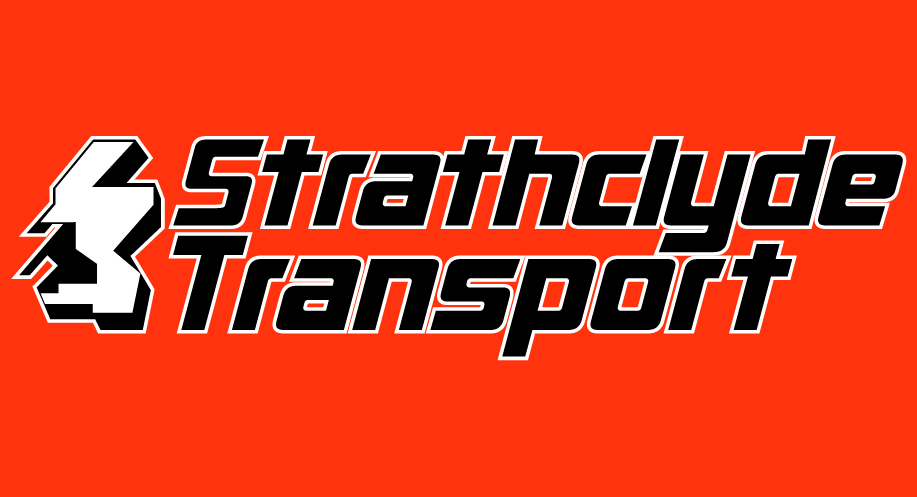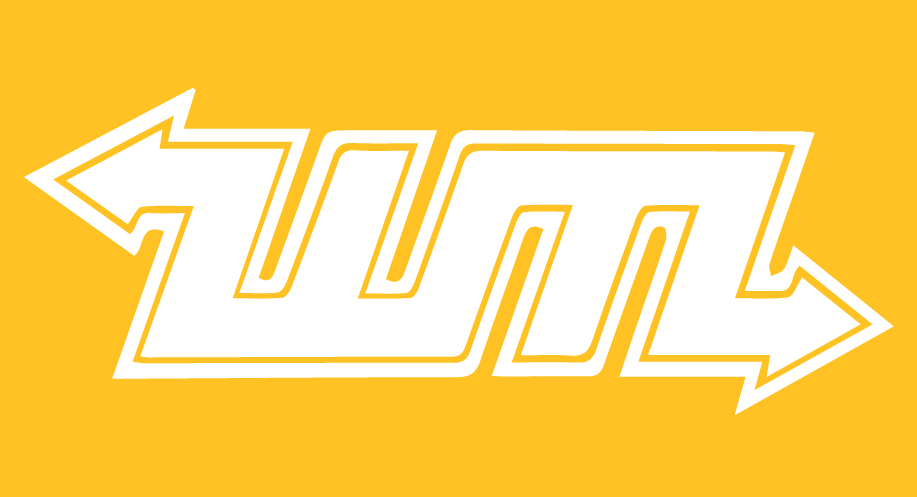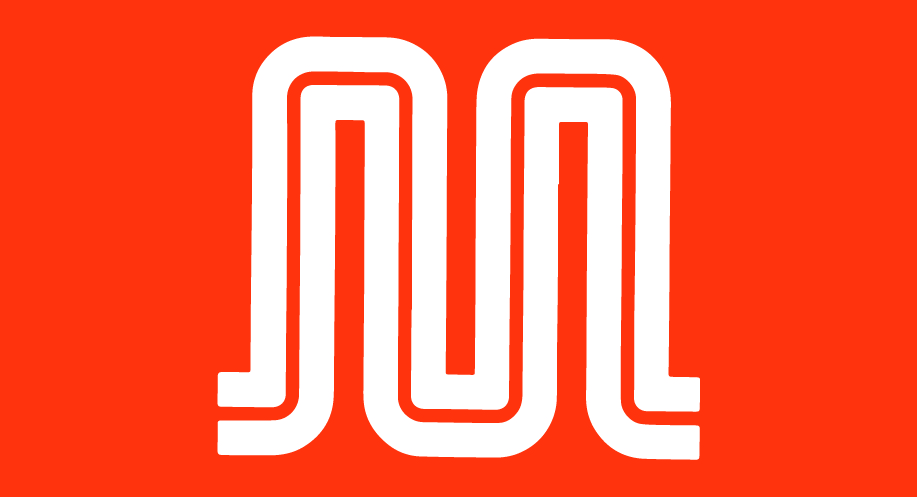Loco & Rolling Stock Emblems
Loco & Rolling Stock Emblems
Throughout the eras of both The Big Four and British Railways, a wide selection of emblems were worn by locomotives and rolling stock, to advertise the company operating the service, or in later years to act as a mascot for the depot the rolling stock was maintained at.
Here you can explore all the different emblems from over 100 years of British railway history.
Contents
Era 3 - The Big Four |
|
Emblem |
Description |
Use |
|
Used on steam locomotives and coaches from 1880s until 1927 |
||
|
Used on steam locomotives and coaches from 1927 until 1948 |
||
|
Used on Steam locos and coaches painted between 1934 and 1942 as an economy measure. |
||
|
Used on all locomotives from 1906 - 1934. Some tenders included the Garter Crest between the letters. |
||
|
Used on Express Passenger locos from 1942 - 1947 |
||
|
Used on shunting, small and freight locos 1942 - 1947 |
||
|
Used on some Steam locos and coaches |
||
|
Used on Steam locos and coaches |
||
|
Used on Steam locos in the 1920s and 1930s on Olive or Black liveries |
||
|
Used on Steam locos and coaches 1939 - 1948 |
Era 4 - British Railways (Steam - Early Crest) |
|
Emblem |
Description |
Use |
|
Used on Steam and some Diesel locomotives |
||
|
Locos, Coaches and DMU/DEMU/EMUs |
Era 5/6 - British Railways (Steam) & British Rail (Pre-TOPS) |
|
Emblem |
Description |
Use |
|
Used on some Steam and Diesel locomotives and some early Electrics |
Era 7 - British Rail (Post-TOPS) |
|
Emblem |
Description |
Use |
|
Used on all BR Blue locos in various sizes |
Era 8 - Sector Emblems |
British Rail moved to create ‘Sectors’ in the mid-1980s to better control costs and operations. Each would have its own brand identity to allow the public to better recognise them.
|
Emblem |
Description |
Use |
|
Used on the first InterCity rolling stock. This was used on any long distance express passenger stock. |
||
|
The InterCity branding was refreshed in the late 1980s to a more modern look |
||
|
Similar to the InterCity livery but with a light blue stripe instead of red, the Scotrail brand was applied to most stock running in Scotland. |
||
|
The local services outside London were branded as Regional Railways |
||
|
This was the logo used for any parcels or mail carrying vehicles although some were also repainted in Royal Mail colours |
||
|
The Network SouthEast branding was introduced in 1986 to give commuter services around London and the South East their own brand identity. 2 variations of the livery existed, the early livery being very complex to apply so the revised version was released with less masking of colours and a darker shade of blue. |
||
|
The first freight livery to emerge was a plain grey livery with a red Railfreight logo. Later a red stripe was applied to lower bodysides of locos. |
||
|
The Railfreight sector was later split into various sectors. Distribution covered traffic for containers, MoD, Speedlink and any service conveying more than one cargo. |
||
|
Coal Sector transported both domestic coal and coal for power stations in ‘merry-go-round’ trains. It also worked the Nuclear Flask trains for power generation |
||
|
Construction Sector handled mainly aggregates for the construction industry |
||
|
Metals Sector was dedicated to moving metal from mills to factories for finishing |
||
|
The Petroleum sector handled tank traffic for any chemicals but mainly fuels. |
||
|
General was the smallest of the sectors with only a handful of locos receiving the livery. |
||
|
Originally developed for the containers themselves, this livery was adopted by the privatised Freightliner company and used on their Class 47s. |
'Unofficial' Emblems |
During the 1980s, BR depot workers were looking for ways to easily identify and even ‘claim’ their favourite locos. The way they did it was to paint emblems or Mascots onto them. Some are more well known than others as management were very selective over which they deemed appropriate!
|
Emblem |
Description |
Use |
|
|
Stratford ‘Cockney Sparrow’ |
Depot mascot for Stratford depot. Used on locos allocated to Stratford. |
|
|
Thornaby ‘Kingfisher’ |
Depot mascot for Thornaby depot. Used on locos allocated to Thornaby. |
|
|
Highland Rail ‘Stag’ |
Used on locomotives allocated to the Inverness depot. |
|
|
Eastfield ‘Scottie’ |
Depot mascot for Eastfield depot. Used on locos allocated to Eastfield. |
|
|
Haymarket Castle |
Depot emblem for Haymarket depot. Used on locos allocated to Haymarket. |
|
|
Motherwell Salmon |
Depot mascot for Motherwell depot. Used on locos allocated to Motherwell. |
|
|
South Wales Sheep |
Not all emblems applied were official. This sheep logo started to appear in 1985 on the side of locos that had been in South Wales. Some gained names above such as “Selwyn”, "Blodwyn", "Olwyn" & "Alwyn" above and “I’ve been to South Wales” below. Needless to say, once management became aware, the practice was stopped! |
|
|
March Hare |
March depot were early adopters of the depot emblem, with their hare appearing on many locomotives. |
|
|
Tinsley Snail |
Tinsley used the snail logo on some class 45s and a couple of 08s. |
|
|
Toton Rabbit |
Toton used the rabbit as a symbol, mainly on Class 45s, as they were said to be everywhere, just like rabbits! |
|
|
Cornish Railways ‘Wizzy’ |
This was a short-lived initiative from the management in Cornwall to make its own identity. It was introduced in 1984 and lasted less than a year with the logo only appearing on 37181, 37185 & 37207 |
|
|
Welsh Dragon - Valley Trains |
DMUs that worked out of Cardiff up the Valleys were adorned with the Welsh Dragon and Valley Trains branding |
'Official' Emblems |
With the introduction of the Railfreight Sectors, BR decided to adopt officially sanctioned depot logos to be applied on the 2nd mans cabside. They were to be a cast aluminium diamond with a black background. Some depots managed to keep their unofficial mascots but others had to move to a more agreeable one that fitted with Railfreights corporate image.
|
Emblem |
Description |
Use |
|
|
Allerton Depot |
Capital A with wings and wheel. Used at Allerton depot which repaired shunters and wagons as well as servicing DMUs.
|
|
|
Bescot Depot |
A saddle representing the local leather industry. |
|
|
Buxton Depot |
Millstone representing the local stone industries. |
|
|
Cardiff Canton Depot |
The Welsh mountain goat is the mascot of the Capital City’s main depot. |
|
|
Carlisle Currock Depot |
The fox comes from the local football team. Applied to wagons and the nameplates of 47588. |
|
|
Crewe Electric Depot |
The Eagle represents Eagle Bridge which is the area of Crewe that the depot is situated in. |
|
|
Crewe Diesel Depot |
The leaping Cheshire cat is one of the widest applied logos of all. It was also used by RES on the side of their Crewe based locos. In privatisation, Riviera Trains adopted it as a logo for their Class 47 fleet. |
|
|
Eastfield Depot |
The ‘Scottie’ is the depot mascot for Eastfield and has a few styles over the many years of use. This is the later style only used on depot plaques. |
|
|
Eastleigh Depot |
The instantly recognisable Spitfire represents the close proximity of Southampton Airport where the first flight of the Spitfire was undertaken. |
|
|
Grangemouth Depot |
The Viking Longship is used as the area was a first landing area of the Vikings on raids of the UK. |
|
|
Hither Green Depot |
The Oast Houses are typical landmarks of Kent. |
|
|
Immingham Depot |
Star and scroll |
|
|
Knottingley Depot |
Pithead winding gear represents the large amount of coal that the depots locos hauled |
|
|
Plymouth Laira Depot |
The ship on this plaque is the Golden Hind which sailed into Plymouth with Sir Francis Drake on board after his first voyage. |
|
|
Leicester Depot |
Leicester Panther, possibly due to the Leicester Panthers British American Football team. |
|
|
Motherwell Depot |
The Hammer and Anvil represents the steel traffic this depot was famous for handling. |
|
|
Ripple Lane Depot |
The burning torch represents burning oil as petrochemicals were the main traffic for the depot. |
|
|
Saltley Depot |
The seagull comes from the nickname of the depot staff ‘The Saltley Seagulls’. |
|
|
St Blazey Depot |
The Cornish depot used the lizard as their mascot |
|
|
Stewarts Lane Depot |
The South London depot was very close to Battersea Power Station |
|
|
Stratford Depot |
The ‘Cockney Sparrow’ has long been a Stratford mascot. This is the more widely used version but later a more cartoon version was used. |
|
|
Thornaby Depot |
The ‘Thornaby Kingfisher’ was originally a painted logo but the ‘standard’ form has been adopted on the plaque as well. |
|
|
Tinsley Depot |
Probably the most widespread depot plaque. The ‘Yorkshire Rose’ leaves no questions on where this depot was situated! |
|
|
Toton Depot |
The midlands depot was tasked mainly with moving coal to power stations as represented by the cooling towers. |
|
|
Westbury Depot |
The logo is derived from the famous Westbury White Horse which is drawn into the chalk hills above the depot. |
Passenger Transport Executives |
With sectorisation BR also started close links with Passenger Transport Executives (PTEs). These were local bodies that looked after transport links and ‘sponsored’ less profitable services to improve links in their area.
|
Emblem |
Description |
Use |
|
Used on DMUs & EMUs for local services on the Liverpool Electric network to Southport, The Wirral and Chester and services to Manchester. |
||
|
Used on DMUs for local services mainly around Leeds. |
||
|
Used on DMUs & EMUs for local services around the Glasgow suburbs. |
||
|
Used on DMUs & EMUs. |
||
|
Used on DMUs & EMUs. |
||
|
Used on DMUs. |
or reload the browser
Like this article? Make sure to share it with your friends!

